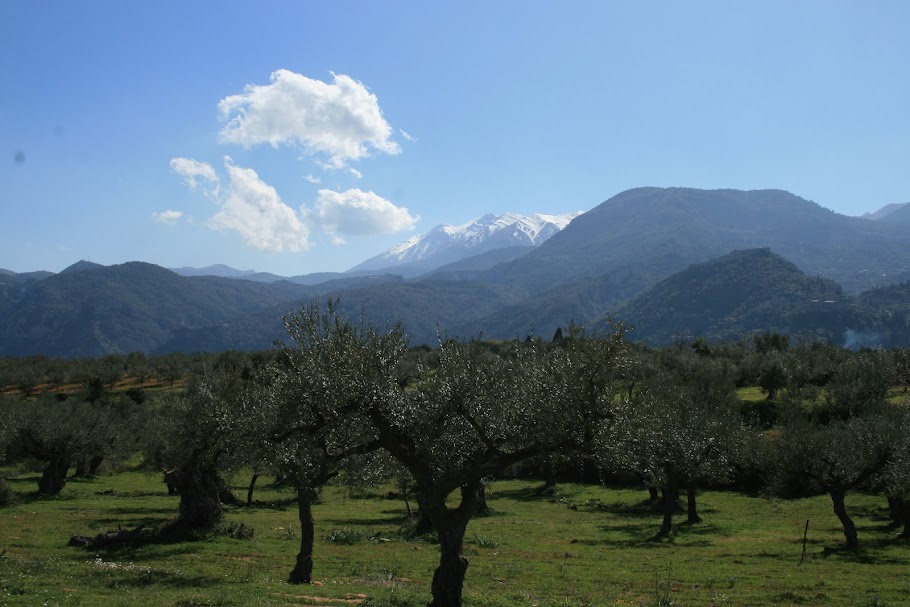Last week I summarized the archeological finds on Kythera with relevance to Kythera’s Lacedaemonian ties. Aside from personal interest, the finds are important for a number of reasons.
First and foremost, they prove definitively that perioikoi settlements were not, as Graham Shipley suggested in “Perioecic Society” (Sparta, ed. Michael Whitby, pp. 182-189) merely “peasant communities” with little urban character and that Perioikoi “never … erect[ed] monumental civic buildings or temples.” (p. 186). Mr. Tsaravopoulos’ very cursory investigation of the site at Paleokastro on Kythera have already revealed key features of urban settlement, notably fortification walls and temples. This was in just one month of digging with amateur helpers. There is every reason to believe that further excavations will uncover more evidence of an urban center from fountain houses and gymnasium to, possibly, theaters. If a perioikoi city that is not, to my knowledge, hardly mentioned in ancient sources could be this urbanized, it is only reasonable to assume that Gytheon, Pellana, Geronthrai, Epidauros Limera, and other more frequently named perioikoi settlements were considerably larger and more urbanized.
Second, the digs at Paleokastro also indicate that the Spartans did not scorn walls in all circumstances. If, as Mr. Tsaravopoulos believes, the walls date from the Lacedaemonian period, then we can conclude that Sparta was probably the exception rather than the rule and other cities in Lacedaemon were fortified.
The really exciting aspects of Spartan Kythera, of course, remain to be discovered. Was there a permanent Spartan garrison stationed on the island, and if so how large was it? Did Spartiates have property on the island and so a personal interest in it? Or was all land held by perioikoi? What other gods besides the Dioskouroi, Poseidon, Asclepios and (allegedly) Aphrodite were honored here? And given Kythera’s prominent position on one of the busiest sea-lanes of ancient times, what role did Kythera play in Sparta’s naval strategy? Were there shipyards here? Were squadrons of Lacedaemonian triremes stationed here, ready to launch at short notice and prey upon enemy merchantmen or engage enemy warships? Is there any truth to Mr. Tsaravopoulos’s thesis on how the island was captured by Nicias?
I’ll stay in touch with Mr. Tsaravopoulos, try to visit the digs on my next trip and hope to learn more about Spartan Kythera as it is slowly rediscovered.

No comments:
Post a Comment